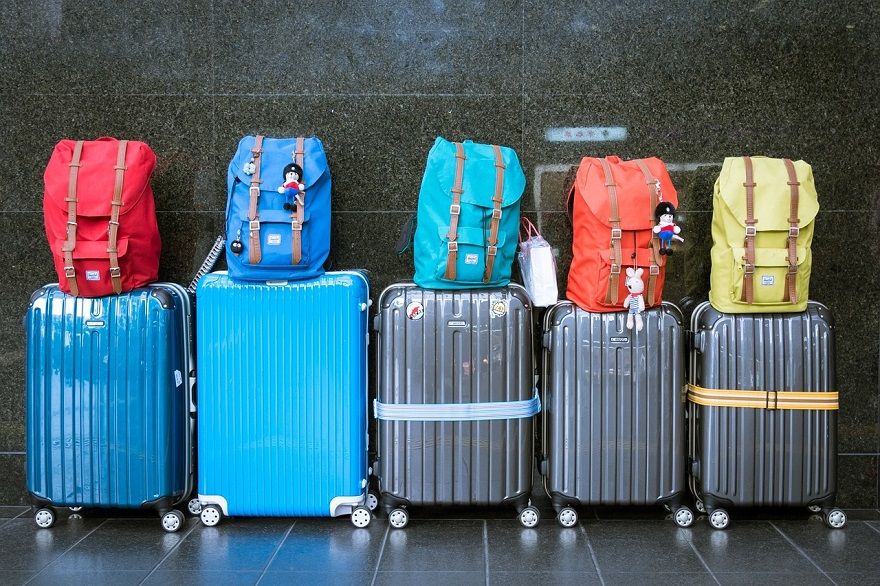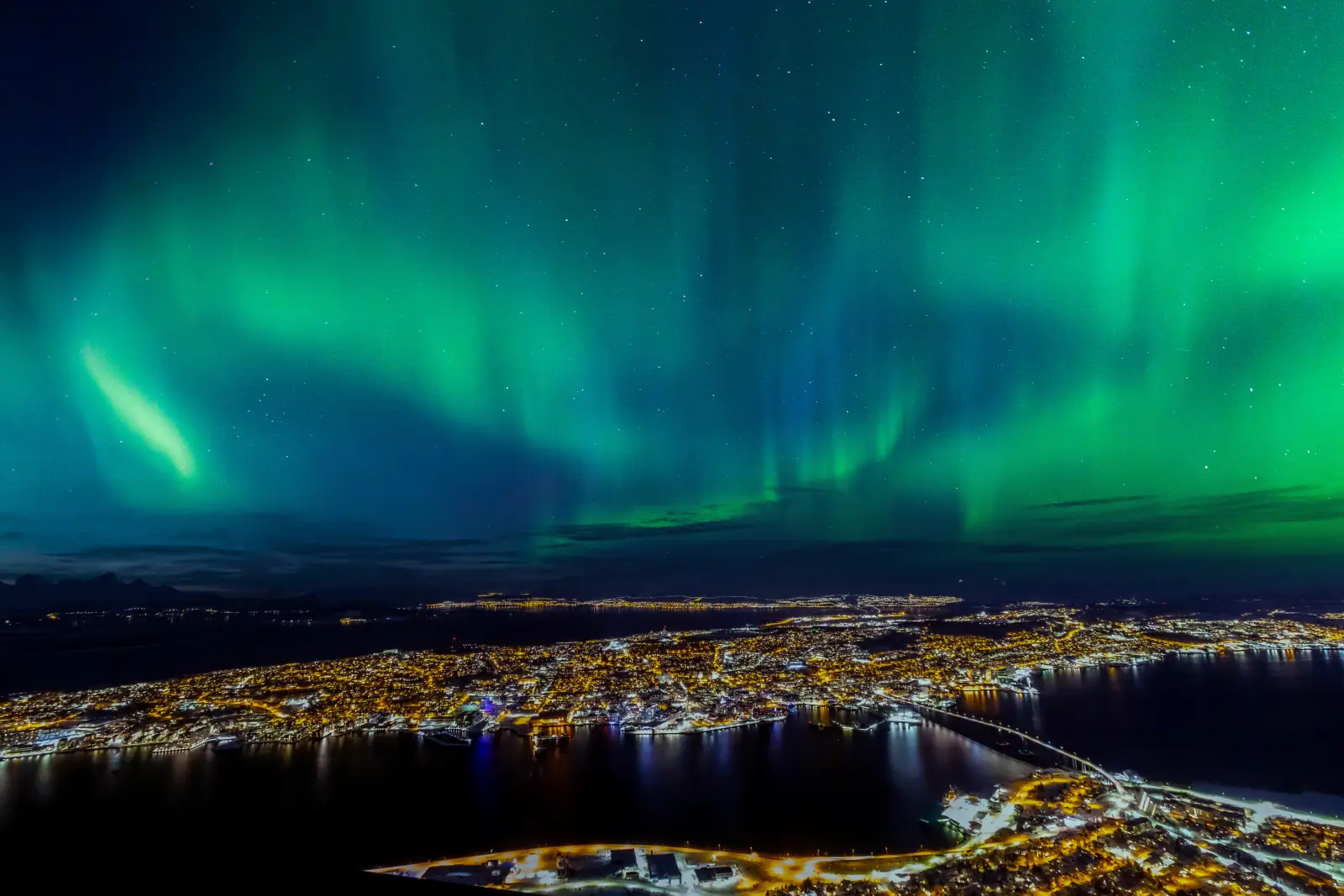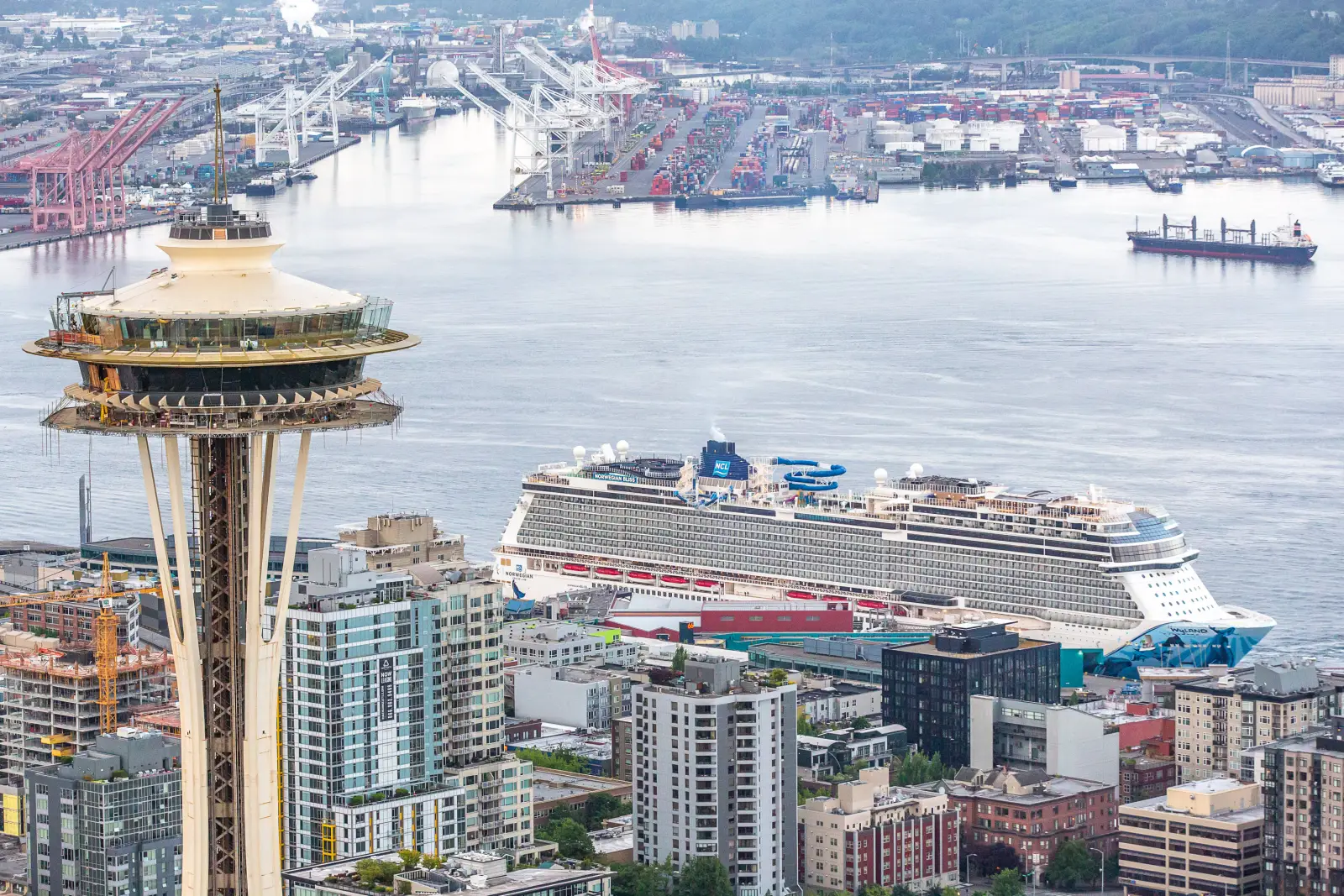All of us need a suitcase that suits all our needs. It has to be spacious but light and durable so that we can use it often for many years.
Baggage – luggage – suitcase
Is it baggage, luggage or suitcase? Luggage and baggage have a lot in common. According to Merriam-Webster, they share the -age ending from French, meaning “action, process, or result of.” Baggage is the older word and came to English from French (the path of many Latin-derived words) in the 1400s. It’s possible that the bag- of baggage is the familiar English word for “sack to carry things in”.
The lug- of luggage is the word we still use to mean “to carry laboriously,” which descends from Middle English and comes from a Scandinavian word with the colorful meaning “to pull by the hair.”
Luggage/baggage can be bags, suitcases, backpacks, sports equipment.
A suitcase is defined as a portable case designed to hold a traveler’s clothing and personal articles. The main difference is that ‘luggage’ is uncountable and ‘suitcase’ is countable.
In this article, we prefer to use the word ‘luggage’ as it is more commonly used worldwide.
Size of a luggage
Luggage has different sizes. Manufacturers measure the size of the suitcase from the ground to the top of the carry handle.
Samsonite, one of the most popular luggage brands, categorizes suitcase sizes at its website as follows:
14″ to 17″ (Personal / Underseat)
18″ to 21″ (International Carry on)
22″ to 23″ (Carry on)
24″ to 26″ (Medium Checked)
27″ + (Large Checked)
As you decide the size of the luggage, it would be a good idea to know what IATA (International Air Transport Association) rules say about luggage sizes.
The rules surrounding cruise luggage are far simpler and more straightforward than what you’ll find on a flight. Unlike airlines, cruises don’t charge for the amount of luggage you bring. In most of the cases, there is also no limit on how much you can bring. Most cruise lines encourage each passenger to limit luggage to two suitcases, each one less than 50 pounds.
IATA Rules for Carry-on Luggage
Carry-on luggage allowance can vary according to the airline, the cabin class you are traveling in and even the size of the aircraft. As a general guide, carry-on luggage should have maximum length of 22 in (56 cm), width of 18 in (45 cm) and depth of 10 in (25 cm). These dimensions include wheels, handles, side pockets, etc.
Some airlines also enforce weight limitations, typically starting at 5kg/11lbs.
To avoid additional charges, please check with your airline before you travel so that you are fully aware of the carry-on luggage allowance included with your airfare.
If you are using different airlines throughout your journey, you should check their individual websites for up to date information regarding carry-on luggage allowances.
IATA Rules for Checked Luggage
IATA has guidelines for checked bags but the number and weight of baggage allowed free of charge can vary by airline, frequent flyer status, routing and fare. To avoid additional costs, please check with your airline before you travel so that you are fully aware of the checked baggage allowance included with your airfare.
Each bag should weigh less than 23KG/50LBS. This is an international regulation set for the health and safety of airport workers who have to lift hundreds of bags daily. If your bag weighs more than this, you may be asked to repack, or have it labeled as “heavy luggage”.
The maximum weight for one luggage is 32KG/70LBS in the EU and the US. Some airlines impose lower limits.
The “piece concept” is generally in use on flights within, to and from Canada and the United States. This concept defines the number of bags entitled by the passenger’s ticket. Where the “piece concept” applies, generally, two pieces of checked baggage are allowed per passenger, each piece weighing a maximum of 32 kilos (70 lb) and measuring no more than 158 cm (62 in) when adding the dimensions: height + width + length.
4-wheel vs 2-wheel
Wheelability and durability are among the most important factors to consider when purchasing luggage. four-wheeled luggage is easy to maneuver but may roll on slop as a disadvantage compared to two-wheeled luggage.
Hard or soft shell
Hard-shell luggage is stronger and can protect anything fragile. They are more water-resistant than soft shell luggage. They provide better protection in rain and snow. Polycarbonate and ABS are the most common types of plastic used in suitcases on the market. ABS suitcases are cheaper than Polycarbonate ones, but they are often heavier and do not last as long. With new technology, hard shell luggage is now more durable and not cracked as easy as it was before. The revolutionary Woven Polypropylene is scratch resistant and lighter than much other luggage. They are even impossible to break. Woven polypropylene is polypropylene strips/threads that have been woven in two directions (warp and weft) to create a light, but strong and heavy-duty material. It is also known as Curv Material. Samsonite’s Cosmolite, Chronolite, Lite-Shock series have this material.
Soft-shell luggage is more flexible; allowing to pack more than what you had planned for. Many come with extension zips so that you can get extra space when you need them. They have external pockets that you can store things that you can reach without opening the luggage.
With or without zip
If a zipper breaks when you’re traveling, it can be a headache. But today’s new technology makes it difficult to break.
DELSEY’s patented ultra-secure zip, the SECURITECH® zip, or ZST® is 3 times more break-in resistant than a standard zip and the pull tab is three times stronger than a standard pull tab.
Travel luggage with water-resistant zipper should be the best choice for travelers that want to keep their belongings dry.
TSA-accepted lock
The TSA-accepted lock provides maximum security and allows only TSA agents to access your belongings during travel. Most of the luggage today features TSA-Lock but be sure that the one that you will buy has it.
Backpacks
For short trips, travelers prefer backpacks. They do not only stop worrying about broken or lost luggage but also save time at check-in for flight and leaving the airport at arrival.
The most important factor when choosing a carry-on travel backpack is its size. Each airline sets its own guidelines for the maximum allowable size for carry-on luggage. Most airlines allow bags up to 45 linear inches (length + width + depth) or 22″ long, 14″ wide, and 9″ deep.
{module Amazon backpack}













